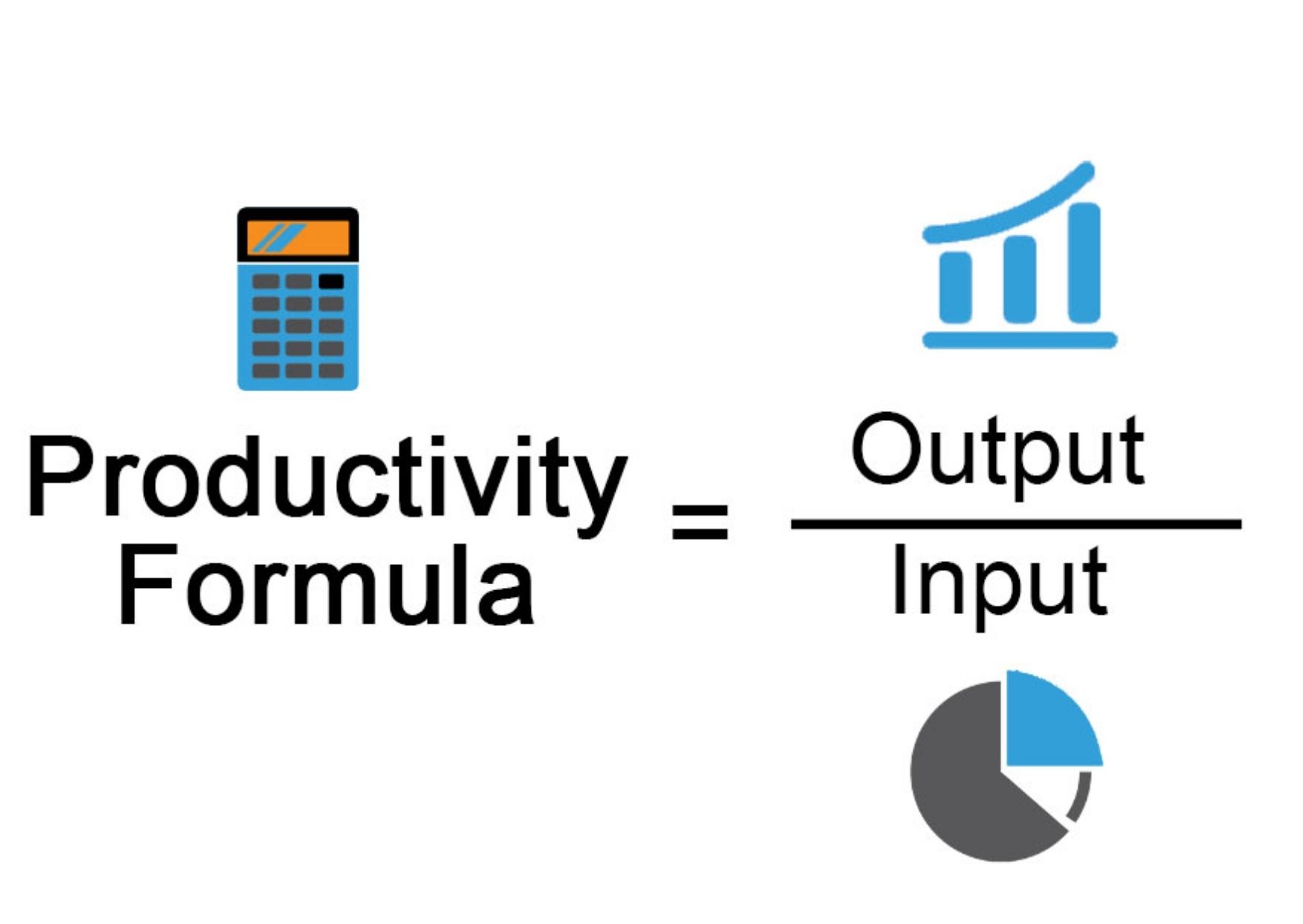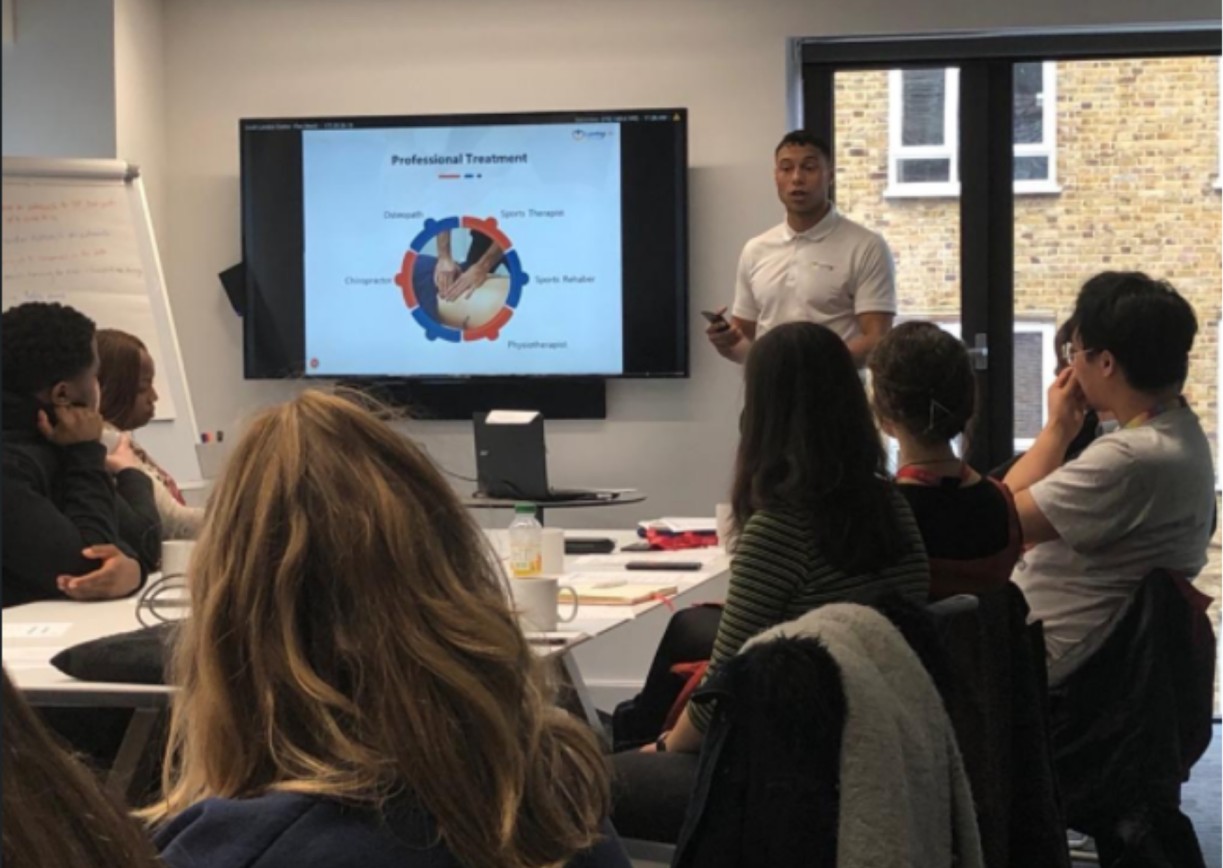5 Keys to Improving Employee Productivity
When it comes to employee productivity, we think it’s important to understand these 5 factors to help benefit your staff. This is because it contributes to a more positive working culture and morale. In turn, this will result in a much greater corporate environment.
According to the ONS, productivity fell (by 2.5%) at its fastest rate since records began during the lockdown. As millions of people stopped working and economic activity dropped. As the coronavirus looms and more people return to work, increasing employee productivity is more vital than ever.
How can we measure employee productivity?
An organization’s ability to succeed depends on its human resources. However, an organisation can only make the most use of all its resources if its workers work to their maximum potential.
Organisations can readily track, assess, and quantify their employees’ productivity thanks to a variety of methods listed below.
Productivity formula

The firm that produces more with a given set of inputs (capital, labour, and materials) or uses fewer inputs, to create the same output has a competitive advantage over the company that produces less. Lower input costs provide an advantage. However, they are not the primary advantage that productivity measurements must detect.
A productivity index’s objective is to demonstrate how a firm can create more units of output per labour hour, machine, or pound of materials than its competitors.
Conduct employee surveys
Employees should be able to express themselves anonymously through surveys. The data collected might help a firm focus on critical issues that are hindering an employee’s capacity to perform better.
Surveys help organisations improve employee productivity by comparing it to historical data, and then improving it to get the desired output.
Individual/Team appraisals
This approach is simple and uncomplicated for tracking staff productivity. Business activities allocated at each level must be accomplished within the time frame specified. A firm might compare the number of assignments performed in the allotted time frame to the tasks provided.
Measurable goals and step-by-step identification of the project’s status assist a firm in calculating the efficacy of its personnel.
Monitor absence trends
Companies should keep an eye on absenteeism in their company to gain valuable insight into how productive each employee is. When reviewing absence trends, there are a few factors to keep in mind. One significant aspect is the growing problem of presenteeism.
Employees have been known to come to work even when they are unwell. Obviously, this is detrimental to one’s health and productivity. When the absence data is compared to the performance data, a clear sense of the company’s relative productivity levels is discovered.
What does a productive employee look like?
Top performing employees have exceptional talents that set them apart from their average co-workers. They keep the work running smoothly by going above and beyond what is specified in their job description.
They use their initiative
Rather than relying on managers or supervisors for guidance, the top performer will conduct their own research. They gather appropriate knowledge for completing a task since they are self-directed. This may imply reaching out to people inside the organisation who have relevant information.
Even better, they are willing to attend conferences, sign up for training programs, and even attend evening sessions if necessary.
They respond well to feedback
Employees that are productive are receptive to criticisms or suggestions and take them positively. When they are chastised or disciplined, they do not remain offended.
Instead, they build on it and evolve for the better. They are also constantly willing to seek feedback in order to learn about areas needing development in the course of their duties.
They practice good time management
Productive personnel are always aware that time is a vital asset, hence they don’t squander it on any given assignment. They hardly ever sit still and are always working on anything useful, racing against the clock with increased attention and accuracy to finish given duties in a timely manner with no mishaps.
Why is it important to acknowledge employees’ hard work?
SurveyMonkey collaborated with Bonusly to investigate the relationship between recognition and retention. They discovered that 82% of their participants agree that recognition is an essential element of their job satisfaction.

They also found that 63% of those who were “always” or “usually” recognised stated they are “very unlikely” to look for work in the next 3–6 months. This suggests that acknowledging employees’ hard work can increase their job satisfaction as well as employee retention.
Employees would understand that their employer values them and their commitment to the success of their team and the firm as a whole when they get recognition. This is especially important when companies expand and evolve. It allows employees to feel secure in their worth to the firm, which motivates them to keep doing an outstanding job.
Here are the 5 keys to improving employee productivity
Provide a safe and comfortable working space

The most significant factor influencing employee motivation and satisfaction, as well as their ability to be productive and efficient, is their working environment.
The working atmosphere tends to be healthier when you have established a positive workplace culture that is followed by both employees and yourself. The physical environment of the office or workshop, as well as the occupational health and safety of your employees, all contribute to a healthy workplace environment.
Everyone has personal issues, and it is only natural that some of these issues find their way into the job. Employers should not disregard them; instead, they should seek out the source of the problem and demonstrate compassion as a helpful employer.
Empathise and understand employees

More people who share an understanding of emotions and motivations can significantly reduce conflicts. Pointing fingers in a dispute situation can exacerbate the issue, leading to negative sentiments and a sense of victimisation. Time and energy are wasted when making someone the culprit rather than working toward mutual understanding – the essence of being unproductive.
On the other hand, giving and getting feedback at work is a crucial part of productivity since it allows individuals to grow. Empathy enables managers to acquire a better grasp of why some sectors aren’t doing as well as they should.
Empathy in the workplace may assist to create a more collaborative environment and build work connections, both of which can help to lower stress levels. Employees in empathetic organisations are likewise less prone to develop a burnout.
Provide motivational and encouraging training services

Cross-training courses are one efficient approach to enhance employee productivity. This provides them with the abilities required throughout the company’s many areas. It enables the interested person to wear several hats and perform a number of jobs inside the organisation as needed.
Employees who gain abilities in several roles might rotate them on an annual or monthly basis to avoid boredom and repetition. This is also a positive gesture in the eyes of the employees, as it shows that you care about their suitability for employment across various job descriptions.
Here at Loving Life, we provide a range of training sessions, specifically for organisations, teams and companies. It has been designed to give employees that extra boost to tackle their day and week with positivity, optimism, gratitude, thankfulness and more!
Allow flexible schedules

Employees who have the choice to work on their own schedule have demonstrated substantial increases in production and morale in studies.
In fact, according to an Airtasker report, flexible workers work 1.4 more days each month on average than typical office workers. That’s an extra 16.8 days each year!
One possible explanation is that people are more productive at certain times of the day. Employees have greater flexibility and time to cope with personal obligations or perhaps spend more time doing activities they like as a result of this.
Employees may execute tasks more successfully and create higher-quality work by arranging their work around their most productive hours.
Create employee accountability

Obligation, ownership, initiative, and the willingness to accept responsibility are all aspects of accountability. This refers to employees’ own motivation to take action and accomplish what they believe is best for the company.
Any organisation’s capacity to function effectively depends on the accountability of its employees.
An increase in productivity is directly correlated to an increase in employee accountability. This encourages creativity, increases commitment to the position, and improves morale and fulfilment among employees.
When management and employees take accountability, they become more interested in their work and stop shifting the blame, thereby increasing employee productivity.
Additional tips:
Looking after staff wellbeing is another fantastic way to help employee productivity.
For more information on staff wellbeing, check out our blog here!

